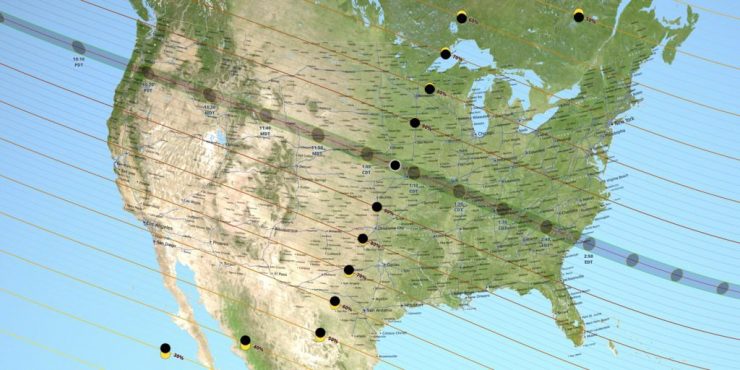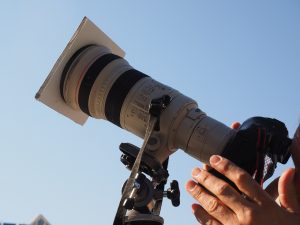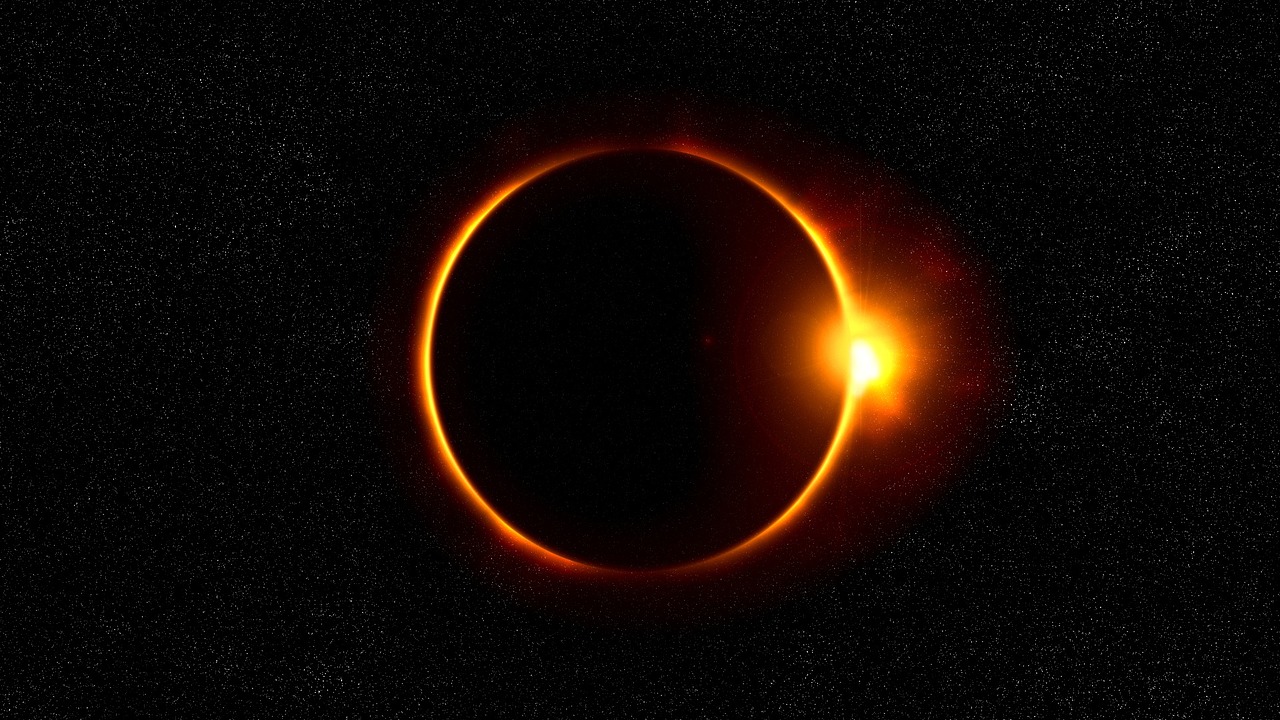By now, you’ve no doubt heard of the Great American Eclipse — a total solar eclipse set to blanket the United States on August 21, 2017. No matter where you are in the continental U.S., you will get to witness this once-in-a-lifetime event. But, there are a few things you should know to get the most out of this epic occurrence.
Know Why This Eclipse Matters
Eclipses — both solar and lunar — are not uncommon. Approximately every 18 months, the Earth, the Moon, and the Sun all align either totally or partially to create an eclipse. But this total solar eclipse is a rare event that occurs literally once-in-a-lifetime. This is the first time in 99 years that the shadow of an eclipse has passed entirely from one U.S. coast to the other. Hence “The Great American Eclipse.”
Know Where You Are Relative to the Solar Eclipse’s “Path of Totality”
It’s all about location, location, location. Not surprisingly, the closer you are to the path of the eclipse, the better. This image shows the “path of totality” — the 70-mile-wide route where the Moon’s shadow will follow the Earth’s surface.

The luckiest eclipse-watchers within this band will see the Moon completely black out the sun for a brief period. In short, it will start near Oregon, move southeast at more than 1,500 miles per hour through the American Midwest, and “exit” the U.S. around the Carolinas. Check out this tool to find out how close to the path you are and exactly what you’ll see when the solar eclipse occurs.
Know What to Look For
To the untrained eye (i.e. non-nerds), a solar eclipse might appear as little more than a small black blob (the Moon) slowly passing over a large bright blob (the Sun). In reality, there’s a lot more going on than you might realize. Look for the “diamond ring effect” — when the sunlight brightens one side of the lunar ring as the moon passes in front of it. “Baily’s Beads” is another important phenomenon. Because the lunar surface isn’t smooth, the eclipse causes flecks of sunlight to creep out between its indentations and valleys creating sparkling beads of light around the Moon’s edge. Once totality occurs, the Sun’s corona (atmosphere) will also become distinctly visible as beautiful strings of light pulsing from the solar disc. All of these are rare phenomena that are best viewed during an eclipse.

Know How to Ready Your Camera (and Your Eyeballs)
Staring directly at the sun is bad for your eyes, even when it’s mostly blacked out by the moon. For folks within the path of totality, they can (relatively) safely look directly at the sun without solar filter glasses, but only briefly and only when the eclipse peaks. Everyone else should avoid staring directly at the sun at any point during the eclipse.
To properly photograph the eclipse, forget your smartphone as its inadequate zoom functionality will be hard-pressed to capture anything more than a tiny, grainy, orange blob. Instead, you’re going to want to break out a proper digital DSLR camera with a maximum focal length of 2000mm (1300mm for cameras with a DX sensor), a sturdy tripod, and a solar filter. With these items ready to go, head to Nikon for a full write-up on the best settings for shooting the solar eclipse.


